Installation and working of the Hustler 6BTV Vertical
Having been located at a previous QTH due to a small garden, the 6BTV has made it's way to Combe Raleigh where it has been the first antenna to be installed.
Parts
- Hustler 6BTV
- DX Engineering - DXE-VFCC-H05-A
- SSE Ecoflex 10 Plus Co-ax
- Galvanised 1 3/4 inch Pole
- Postcrete Concrete
- Stone Chips
- Pressure Treated Wood
- Weed Membrane
The DX Engineering balun is a isolating balun to reduce the reflected RF into the Co-ax which is specially designed for HF Verticals. Due to the limited radials I will be installing, this can only help with reflections. The serious upgrade in Co-ax is to ensure that every bit of RF ends up in the antenna, and on receive I get every milliwatt I can. Expensive, but good.
The Permanent Install
The install of the Hustler 6BTV has been a long time in progress, but finally finished.
Mounting Pole
In line with the DX Engineering advice the pole is a galvanized 1 3/4 inch pole, 1.5m in length, with 60cm above ground. A 8 inch diameter hole was dug and filled with postcrete, drainage rock at the base. This was hammered into the base rock about 30cm.
Radial Field
As with all verticals, the need for radials to make the antenna balanced and performant. For this, 100m of galvanized electric fence wire was buried on the 180 degrees that I can install. These are of random lengths, to fill the lawn space. This is terminated onto the U-bolts which clamp the Antenna base and will be replaced with a home built radial rack when time permits. The DX Engineering Radial Plate is a good product, but with only using 180 degrees available, buying one would be a waste.
Vertical Balun
To assist with feed line currents induced into the co-ax from the radiating element, the VFCC-H05 is especially configured for the Hustler 6BTV, but will work on other verticals. Whilst I do have a radial field to reduce this phenomenon, I do only have 180 degrees due to the proximity to the house.
DX Engineering Vertical Matching Network
This does increase the bandwidth a small amount and drops the SWR on the 80m Band. Easily configured, and gives a good few Khz, but still not the whole band.
Tuning the Antenna
As this antenna changes it's characteristics when the radial field is connected, the tuning has been left to the final install. The work is somewhat easier to do as I have an AIM 4170C Antenna Analyser which helps no end.
Following the DX Engineering guidance, only the 10m and 40m traps needed to be moved, and only 1 inch each. The antenna tuned well, and the plots are shown per-band later on this page.
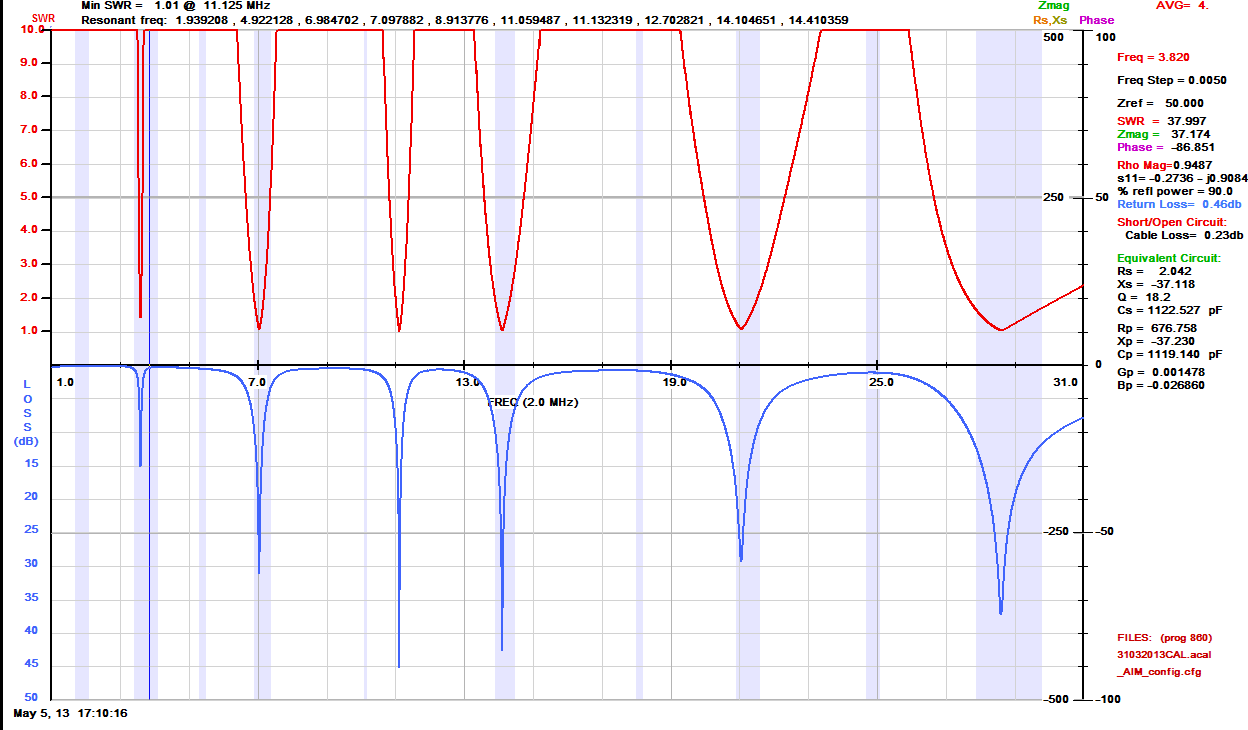
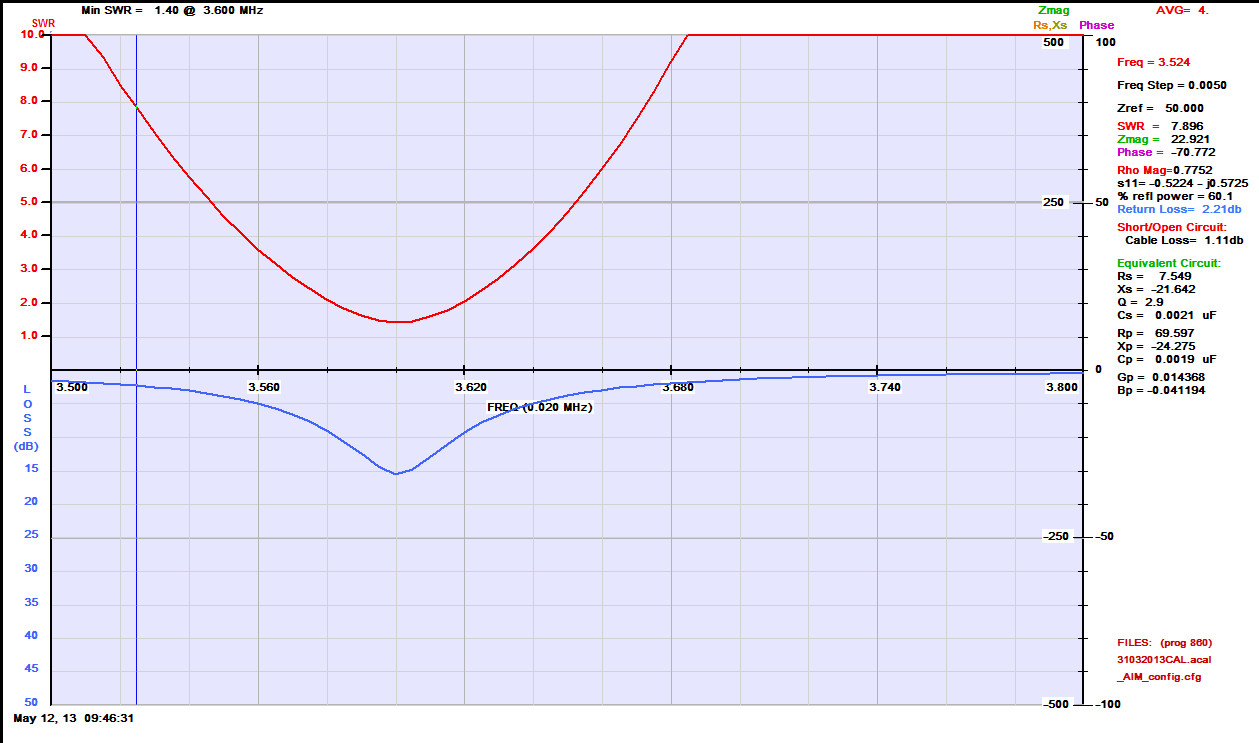
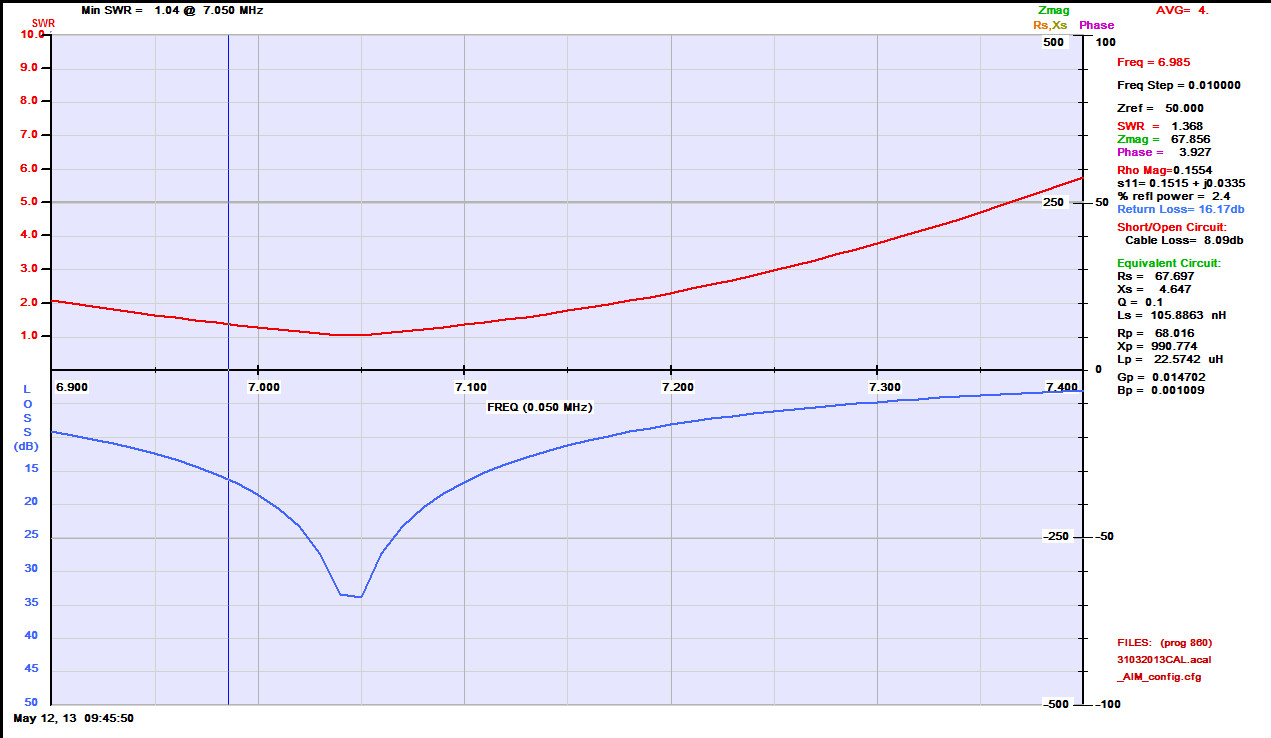
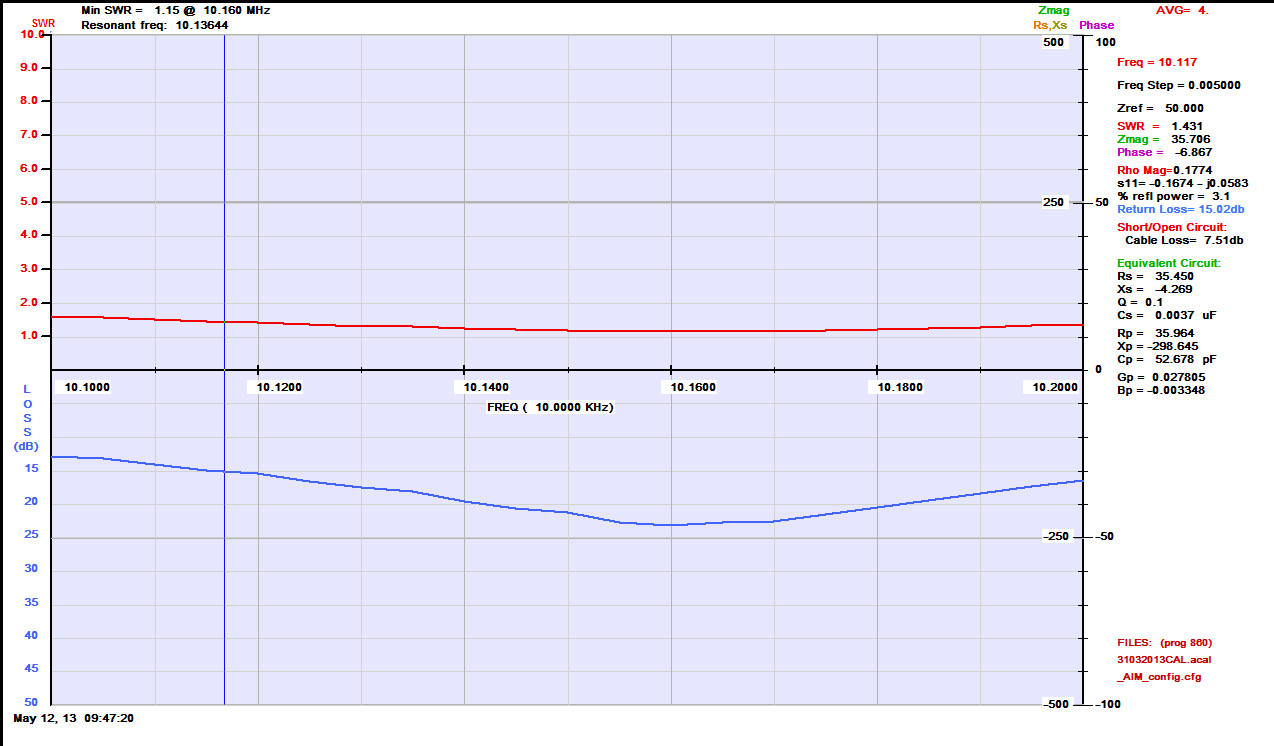
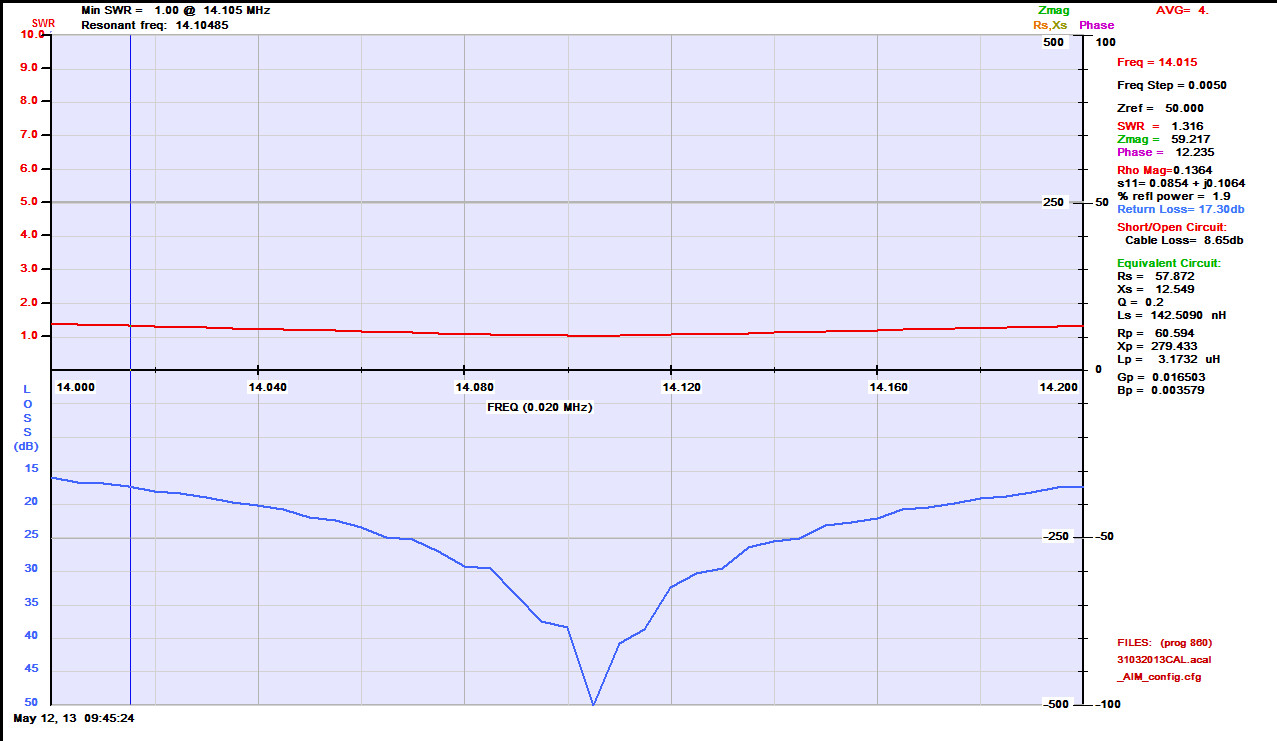
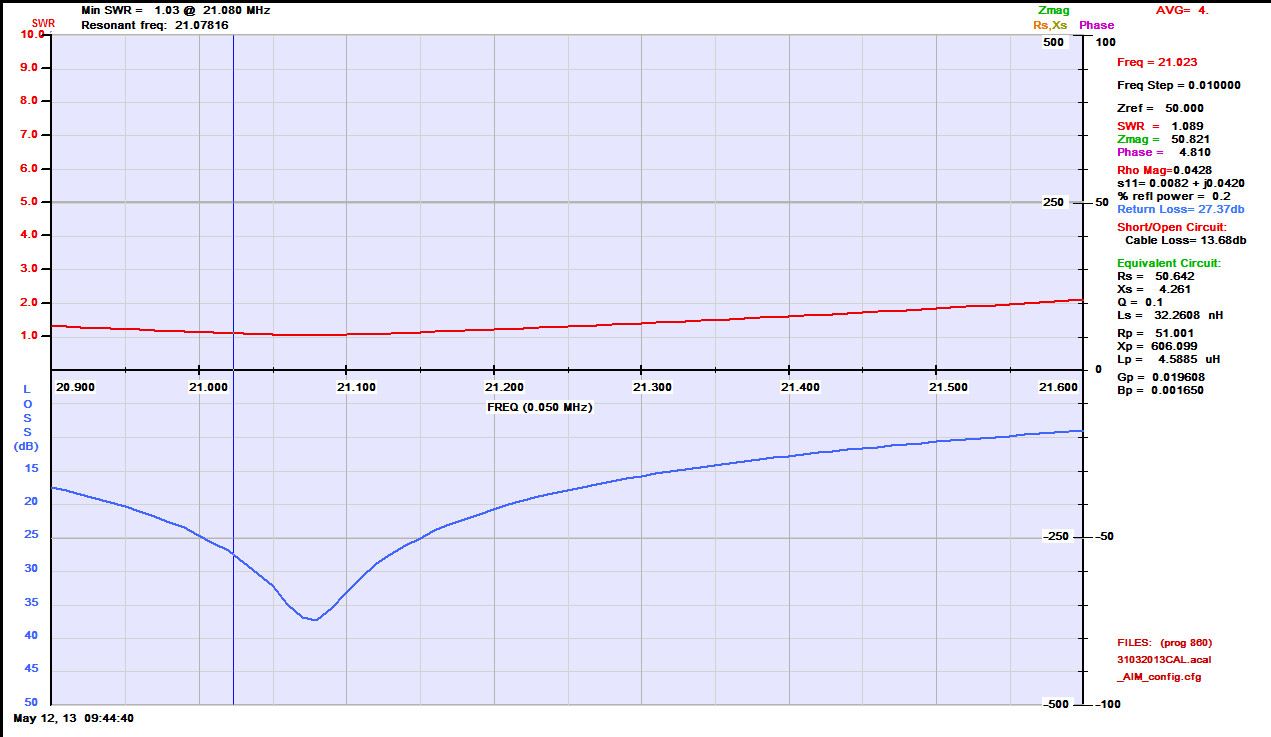
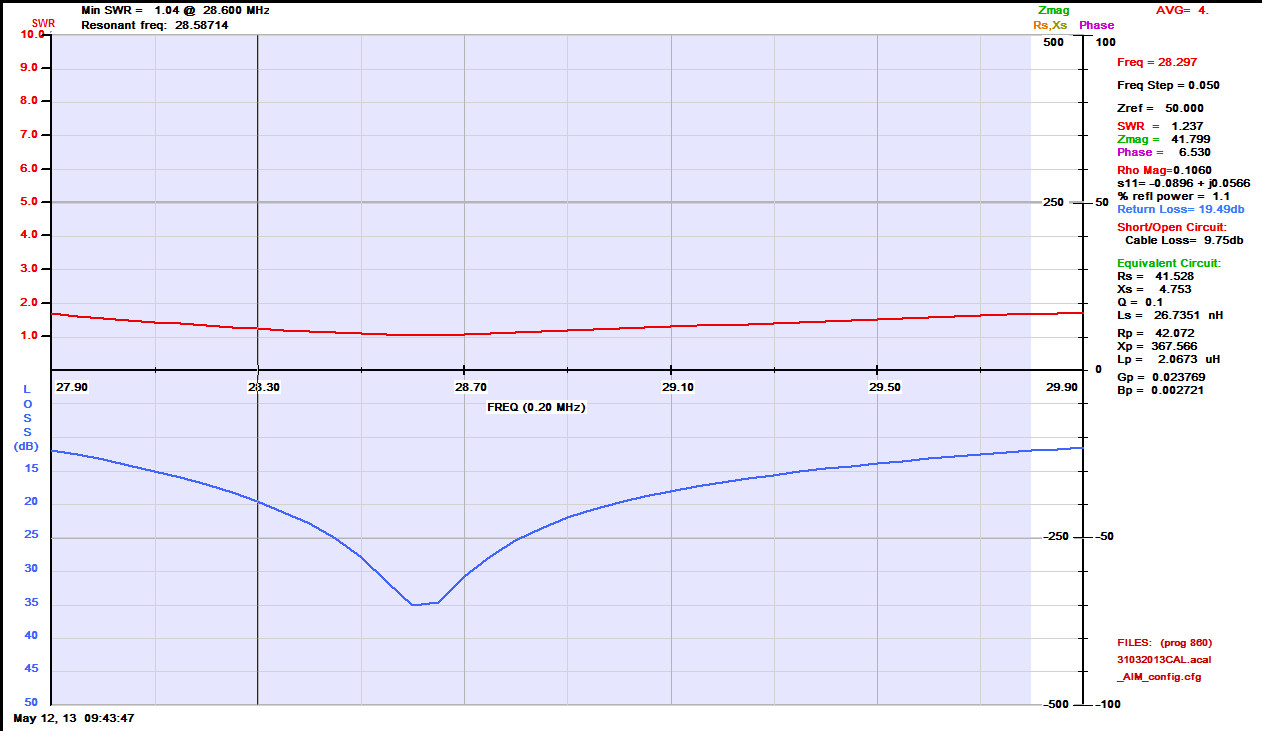
Plots generated by AIM 4170C Antenna Analyser - Supplied by Array Solutions.
